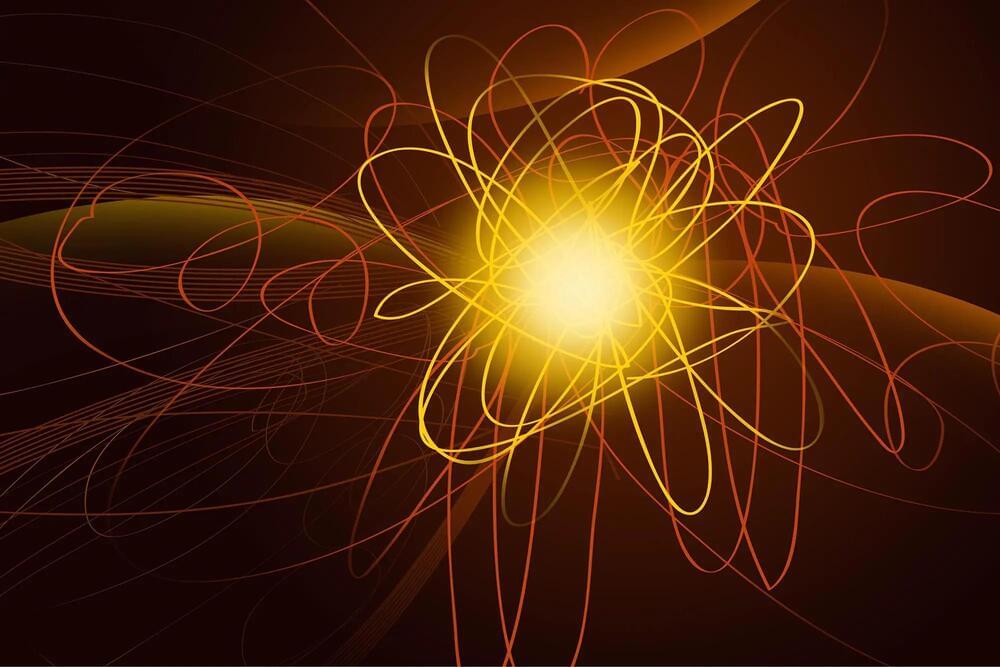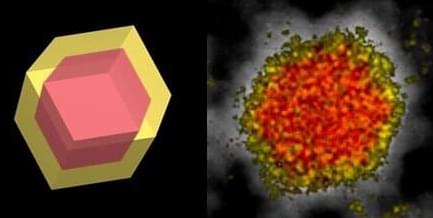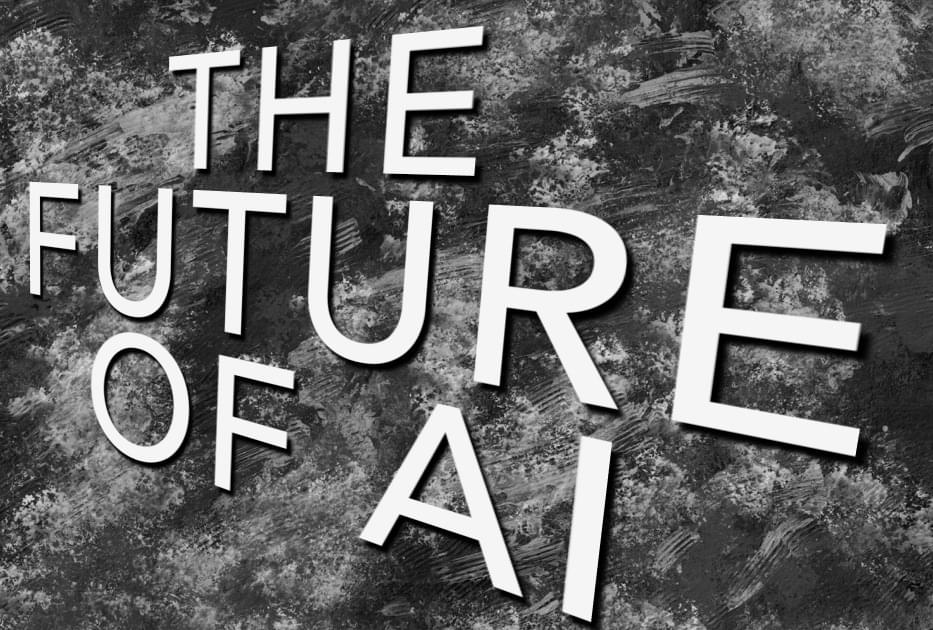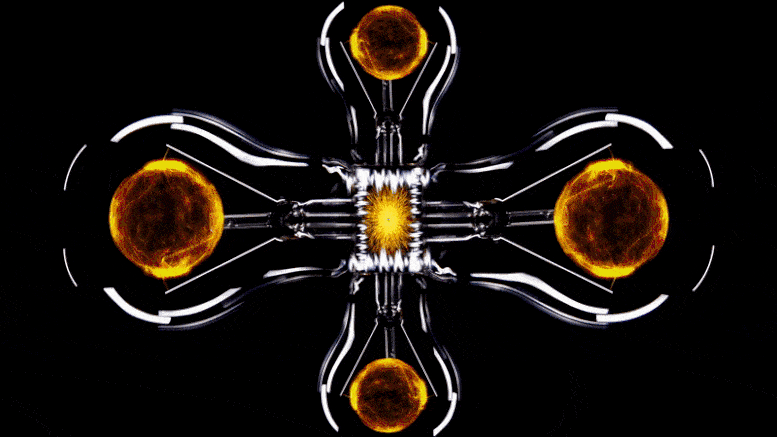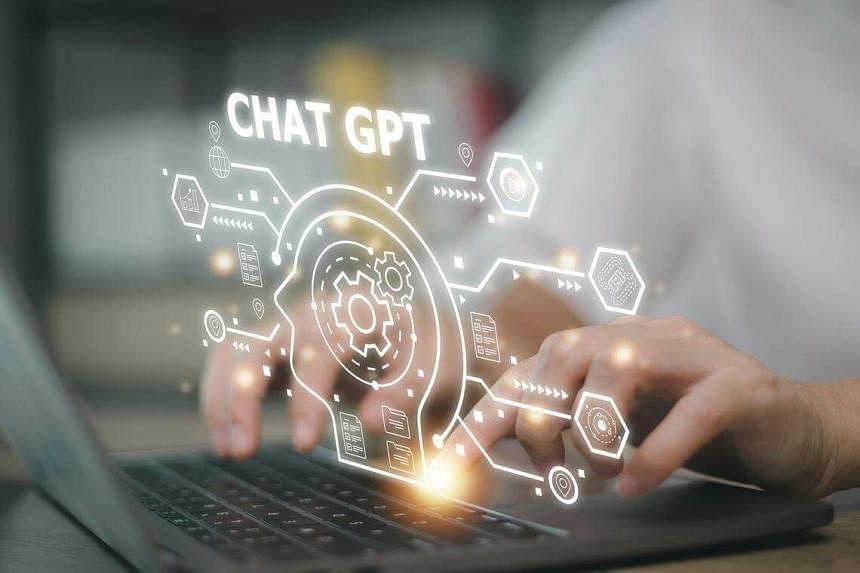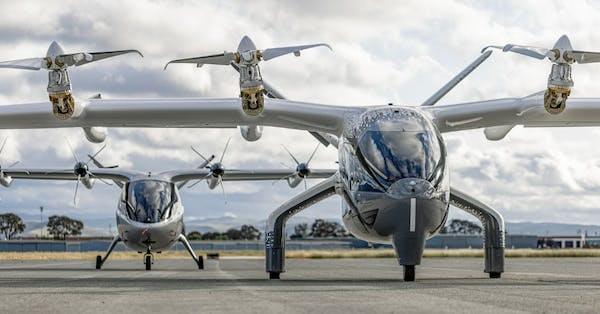OTTAWA, May 15 (Reuters) — Automaker Stellantis (STLAM.MI) has stopped all construction at a more-than C$5 billion ($3.74 billion) electric vehicle battery manufacturing plant in Windsor, Canada, over a disagreement with the federal government about subsidies, a spokesperson for the company said on Monday.
“Effective immediately, all construction related to the battery module production on the Windsor site has stopped,” the spokesperson said.
Canada’s industry ministry did not immediately respond to a request for comment.



